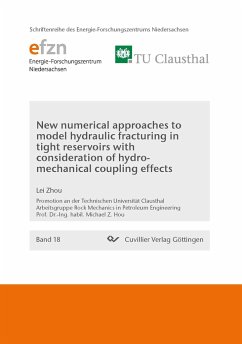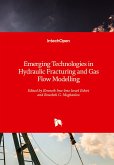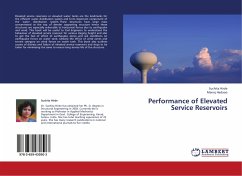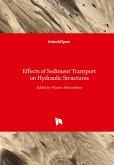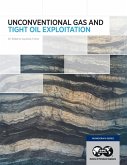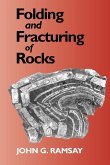In this dissertation, two new numerical approaches for hydraulic fracturing in tight reservoir were developed. A more physical-based numerical 3D-model was developed for simulating the whole hydraulic fracturing process including fracture propagation, closure and contact as well as proppant transport and settling. In this approach rock formation, pore and fracture systems were assembled together, in which hydro-mechanical coupling effect, proppant transport and settling as well as their influences on fracture closure and contact were fully considered. A combined FDM and FVM schema was used to solve the problem. Three applications by using the new approach were presented. The results illustrated the whole hydraulic fracturing process well and seemed to be logical, which confirmed the ability of the developed approach to model the in-situ hydraulic fracturing operation from injection start till fully closure. In order to investigate the orientation problem of hydraulic fracturing in tight reservoir, a new approach for simulating arbitrary fracture propagation and orientation in 2D was developed. It was solved by a hybrid schema of XFEM and FVM. Three numerical studies were illustrated, which proved the ability of the developed approach to solve the orientation problem in field cases.

